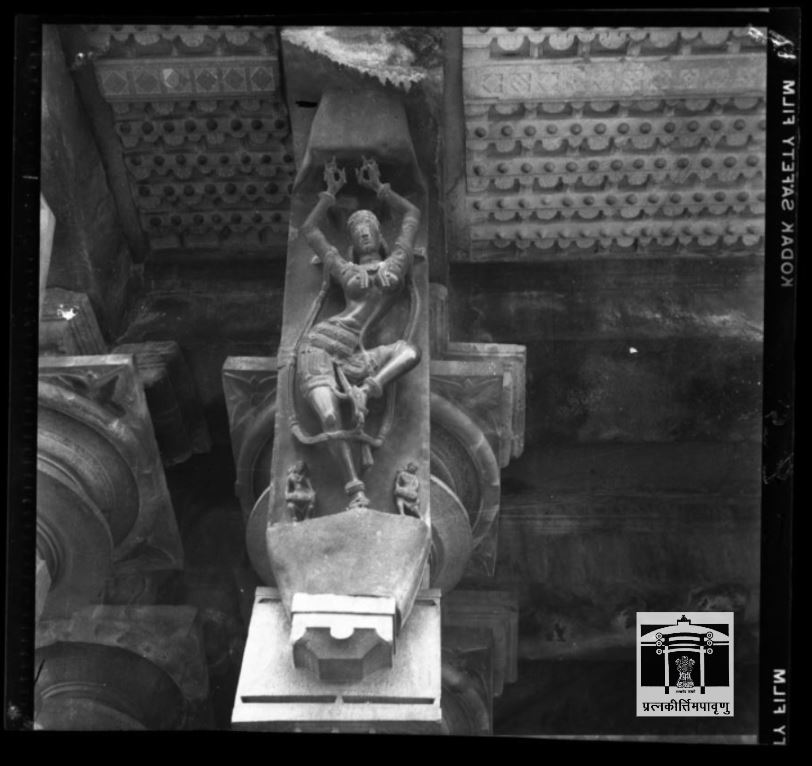#worldheritage 𝐊𝐚𝐤𝐚𝐭𝐢𝐲𝐚 𝐑𝐮𝐝𝐫𝐞𝐬𝐡𝐰𝐚𝐫𝐚 (𝐑𝐚𝐦𝐚𝐩𝐩𝐚) 𝐓𝐞𝐦𝐩𝐥𝐞 𝐢𝐧 𝐓𝐞𝐥𝐚𝐧𝐠𝐚𝐧𝐚 is a Shiva temple built during Kakatiyan period under Rudradeva & Recharla Rudra. The Temple is a masterpiece of creative effort in field of construction & geo-technology. 







#RamappaTemple is an outstanding example of temple architecture evolution illustrating a phase of development in science, technology & art of temple building & construction in Deccan India. The Temple is a lone testimony to highest level of artistic & engineering talents. 







Construction of the sandstone #RamappaTemple began in 1213 CE & continued for over 40 years. The building features decorated beams & pillars of carved granite & dolerite. The temple’s sculptures of high artistic quality illustrate regional dance customs of Kakatiyan culture. 







Located at the foothills of a forested area amidst agricultural fields, the choice of setting for the edifice followed ideology & practice that temples are to be constructed to form an integral part of a natural setting including hills, forests, streams, lakes & catchment areas. 







#WorldHeritage Rudreshwara Temple (Ramappa Temple), Palampet, Telangana.
Some Then and Now pictures.
#worldheritageweekcelebrations #worldheritagesites
#WorldHeritageWeek #KnowYourHeritage #EkBharatShresthaBharat



Some Then and Now pictures.
#worldheritageweekcelebrations #worldheritagesites
#WorldHeritageWeek #KnowYourHeritage #EkBharatShresthaBharat




#WorldHeritage Rudreshwara Temple (Ramappa Temple), Palampet, Telangana.
Some Then and Now pictures.
#worldheritageweekcelebrations #worldheritagesites
#WorldHeritageWeek #KnowYourHeritage #EkBharatShresthaBharat



Some Then and Now pictures.
#worldheritageweekcelebrations #worldheritagesites
#WorldHeritageWeek #KnowYourHeritage #EkBharatShresthaBharat




• • •
Missing some Tweet in this thread? You can try to
force a refresh



















